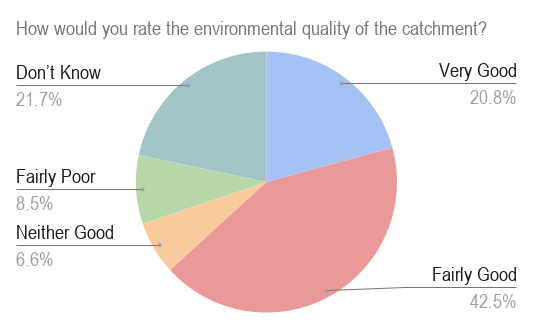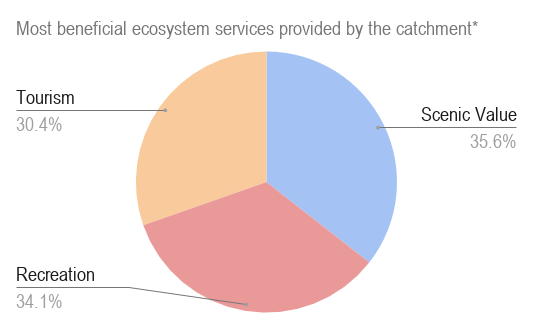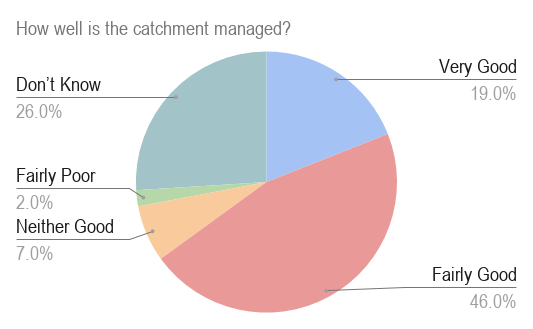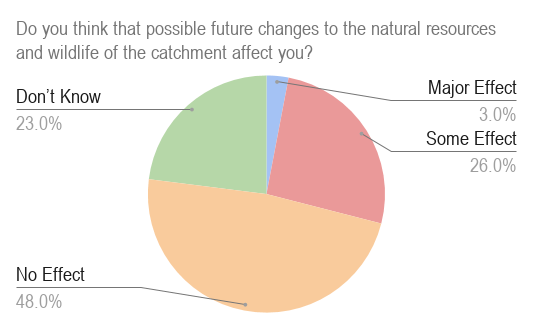
This paper aims to add additional information that is necessary for an appropriate comparison of blue and green infrastructures (BGI) and grey infrastructure for flood risk reduction. This is achieved by estimating resident’s preferences and associated willingness to pay (WTP) for a BGI project as opposed to a grey infrastructure project in which both projects provide the same level of flood protection. In addition to providing this valuable insight for governing bodies this paper also provides an important contribution to the literature. A comparison between these two types of structures has yet to be made and provides valuable information on how BGI solutions are regarded by the public.
John deely & Stephen Hynes in “Blue-green or grey, how much is the public willing to pay?”
The survey1 design was initially informed by a managerial stakeholder meeting. These managers highlighted the ecosystem services that were important in the catchment. These included: loss of species and habitat, damage to forestry, water quality, drought and flooding.
Then a methodology were applied to understand residents attributed value and their willing to pay for:
- Habitat protection;
- Maintenance of water quality for recreation opportunities;
- Management of banks or shoreline for prevention of flooding events through natural solutions.
The respondents were also presented with a number of questions to better understand how they interact and perceive the natural environment they live in. The next charts represent the opinions of these respondents on Catchment’s Ecosystem Services and Management.

Most of the respondents (67%) consider the environmental quality of the catchment as fairly good or very good and about a quarter were unable/unwilling to rate it. Notably almost half of the respondents believe that changes to the natural environment would have no effect on them (only 3% considered that these changes would have a major effect on them).
The overall results of the study indicate that the average respondent was less likely to pick grey infrastructure solutions if presented with a BGI solution to flooding. This suggests that the respondents are more willing to pay for a flood risk reduction project if it comes from a BGI solution as opposed to a grey infrastructure solution. There did not seem to be an increased preference for a BGI solution if an individual lived in a flood prone area. However their willingness to pay for flood prevention services was higher.
Policy Implications
The estimated model demonstrated a preference for BGI solutions in the Carlingford Lough catchment. Current policies tend to perpetuate the use of grey infrastructure. These new results suggest that policy should aim to break from these old grey solutions to more beneficial BGI. New policy should actively promote the use of BGI as a cleaner more efficient and more desirable method of reducing flood risk. There may also be a need to up skill relevant policy makers and managers so that they are as knowledgeable about BGI as they are about the methods they are currently using.
From Newsletter: “Investigating public demand for blue-green infrastructure”
More details of methodology, survey design and data collection as well as results interpretation can be found on the complete study here: Blue-green or grey, how much is the public willing to pay?




